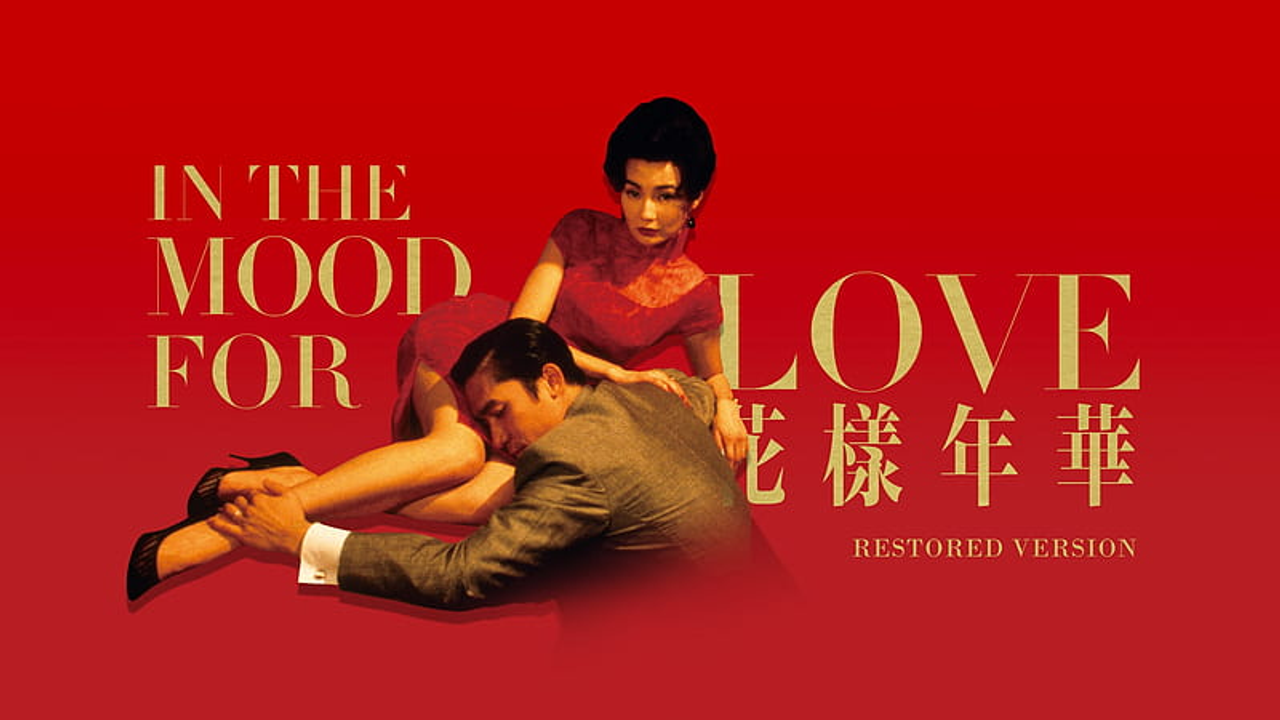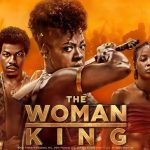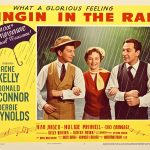In the Mood for Love (2000)

RELATED MOVIES
https://www.youtube.com/watch?v=ko4RxSaUhTA
In the Mood for Love (2000) is not merely a film—it is a whispered confession, a dance of glances, a longing suspended in time. Wong Kar-wai paints desire with the delicacy of silk brushing skin, crafting a world where every hallway echo and rain-soaked corner holds the weight of unspoken emotion.
Set in 1960s Hong Kong, the film follows Mr. Chow and Mrs. Chan, neighbors who discover their spouses are entangled in an affair. But rather than spiral into vengeance, they drift toward each other—not in passion, but in quiet recognition. They rehearse heartbreak, mimic infidelity, and yet never cross the fragile boundary between them.  This restraint becomes the film’s aching core—what is not said becomes louder than dialogue, what is not touched becomes more intimate than a kiss.
This restraint becomes the film’s aching core—what is not said becomes louder than dialogue, what is not touched becomes more intimate than a kiss.
 This restraint becomes the film’s aching core—what is not said becomes louder than dialogue, what is not touched becomes more intimate than a kiss.
This restraint becomes the film’s aching core—what is not said becomes louder than dialogue, what is not touched becomes more intimate than a kiss.Christopher Doyle’s cinematography is a symphony of shadows, narrow spaces, and muted reds, making every frame feel like a memory. Nat King Cole’s voice croons through the corridors like a ghost of a love never lived, and Shigeru Umebayashi’s “Yumeji’s Theme” weaves sorrow into each lingering step.

Wong’s storytelling is elliptical, like time folding over itself. Scenes repeat with slight shifts, mirroring the characters’ inner cycles of yearning. Maggie Cheung moves like a melody, her cheongsams as expressive as dialogue; Tony Leung’s silences pulse with everything he cannot say.

In the Mood for Love is a film about what almost was—about love left blooming in silence. It is the poetry of restraint, the music of missed chances. It doesn’t ask you to watch—it asks you to feel. And long after it ends, you remain suspended, too, in the space between possibility and goodbye.











